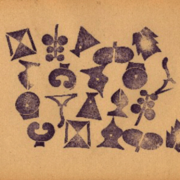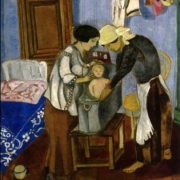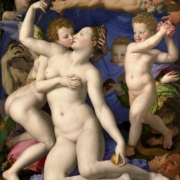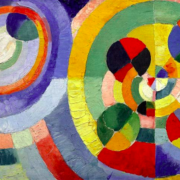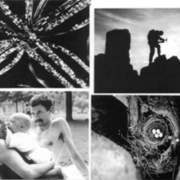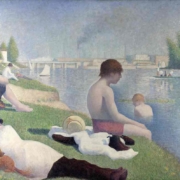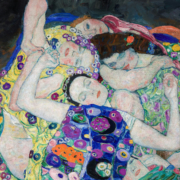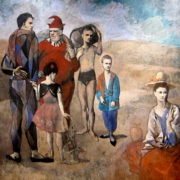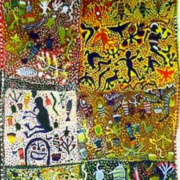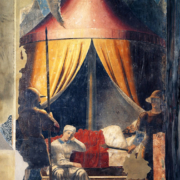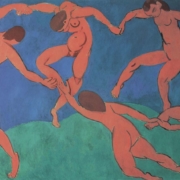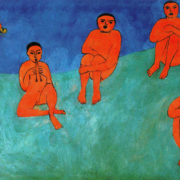Primary narcissism and the group
Abstract
Beginning with the question : how it turns to become the imaginary “group” unit? the author compares and brings into discussion some postulations derived by the same question in S. Freud, W. Bion, J. Bleger, D. Anzieu, A. Missenard, R. Kaes. She proposes that between narcissistic primary groupality – this means the psychological unit formed by the mother and the baby – and the Ego, object found-created by anaclisis in that other, exists a link in several ways. On one hand, both structures are indistinguishable in the point where they converge and confuse, on the other hand the first one is revealed metaphorically inside the Ego that modulates over it. Finally, narcissistic primary groupality is the negative of the Ego, that what the Ego had to lose-leave to be. From there it is taken that the group is for the Ego what it will never stop to intend recovering and that “make group” or “make one group” is first in the desire of each one, to be a group and to make coincidence borders from the Ego and Read more

